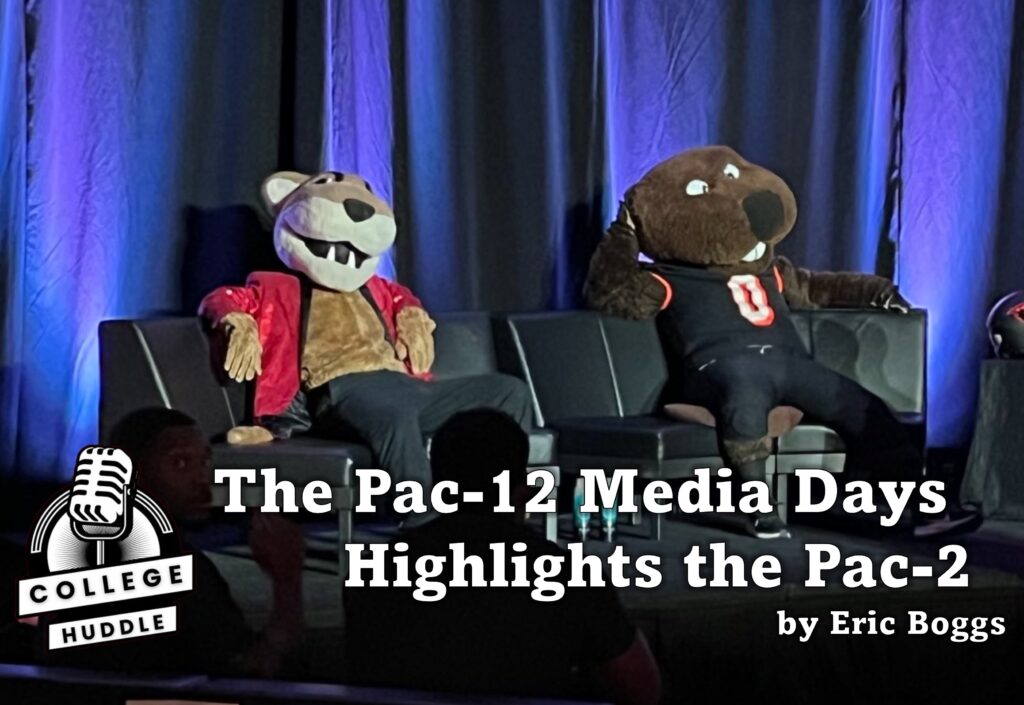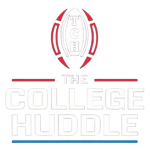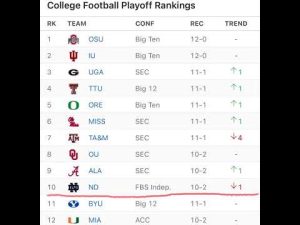
The Pac-12 Media Days Highlights the Pac-2.
he Pac-12 hosted a media day last week that felt more like a cocktail party. The event, called “After Hours with the Beavs and Cougs,” was a mix of emotions: sad, inspiring, like a pep rally, and a bit like an Irish wake. There was an open bar and finger foods, and an inspiring three-part film titled “Welcome To The Fight,” which focused on Oregon State and Washington State. The event featured former greats from both schools, and many people felt emotional, almost to the point of tears.
The dissolution of the league has left many, including former players, feeling frustrated. There is a common belief that the schools that left the Pac-12 will eventually regret their decision. In media circles, it is known that offering free food and drinks can attract coverage. However, the bigger issue is what will happen to Oregon State and Washington State, the last two Pac-12 schools after 214 combined years in the conference. Many think they will join the Mountain West Conference by 2026 when the new College Football Playoff contract begins.
On the surface, it makes sense for the Mountain West, the top Group of Five conference, to include these two schools. However, after talking to industry sources, there seems to be less interest from the Mountain West in adding Oregon State and Washington State. The Mountain West has a scheduling agreement with these schools for the 2024 season, with an option to continue in 2025. But it’s becoming clear that the conference might not need or want them as full-time members. The decision will depend on the economics and what the schools can bring to the table. They hope to make a decision by 2025 before the football season starts, as it affects future media rights, recruiting, and more.
While an expansion or merger with the Mountain West is possible, the league has gained some leverage since the last round of realignment. For now, Oregon State and Washington State will compete as independents in 2024. The College Football Playoff gives the Mountain West more stability, as it is almost assured a playoff spot each year in the newly expanded 12-team CFP. This helps the conference attract recruits and players in the transfer portal.
The Mountain West is strong, with teams like Boise State, San Diego State, Fresno State, and Air Force all having successful seasons recently. UNLV also had a good year, winning nine games for the first time since 1984. The Mountain West leads all Group of Five conferences in playing against Power Four opponents, with 35 games scheduled for 2024. Since 2019, the Mountain West has won 19 games against Power Five opponents, just two fewer than the Pac-12 during that time.
Adding Oregon State and Washington State might only increase the current Mountain West deal by 10% to 15%, according to a television industry source. Jim Williams, an Emmy-winning sports media consultant, thinks it might be closer to 10%. The Mountain West has a deal with CBS Sports and Fox Sports through the 2025 football season, paying about $45 million per year. TNT Sports also has a multi-year deal with the league. These deals are coming up for renewal soon, so a decision needs to be made quickly.
Currently, Oregon State and Washington State have a deal with the CW to show 11 games this season, estimated to pay $1 million per game. They have a $265 million “war chest” for their short-term needs, but without a steady flow of media rights revenue, this money will eventually run out. The two schools might also consider forming a new conference with other schools, but similar attempts have failed in the past. If they join the Mountain West, it would not necessarily make the conference stronger. The impact of the Pac-12’s breakup is already visible, with former Oregon State coach Jonathan Smith leaving for Michigan State and Washington State athletic director Patrick Chun moving to rival Washington.
The rivalry game between Washington State and Washington, known as the Apple Cup, will have neutral officials from the Big 12, highlighting the changes from realignment. While the Pac-12 name and logo bring back memories, they don’t necessarily bring in revenue. The schools can’t count on the Pac-12 brand as a significant revenue source.
In the end, the Pac-12 event was a clear statement that Washington State and Oregon State are not giving up easily. The enduring tradition of these schools is that they achieve a lot with fewer resources.





[…] Pac-12 Media Day Highlights Uncertain Future for Oregon State and Washington State […]
[…] Pac-12 Media Day Highlights Uncertain Future for Oregon State and Washington State […]